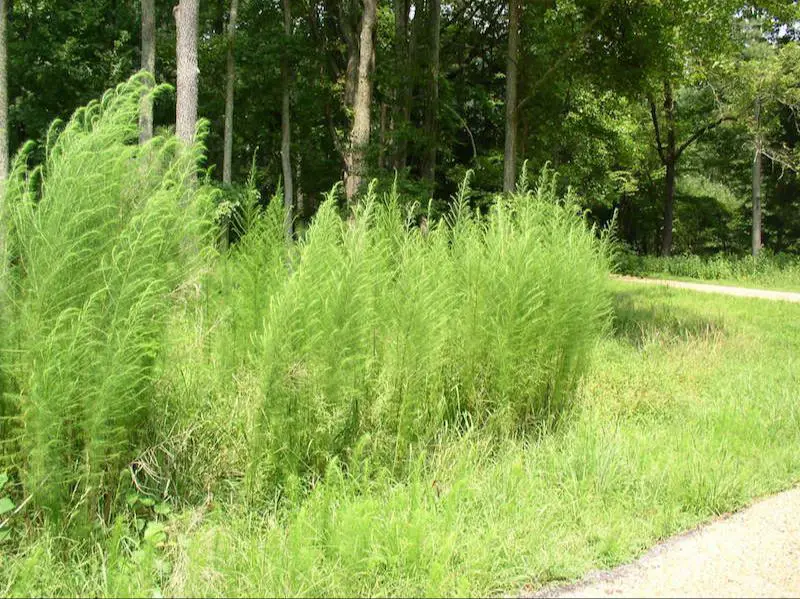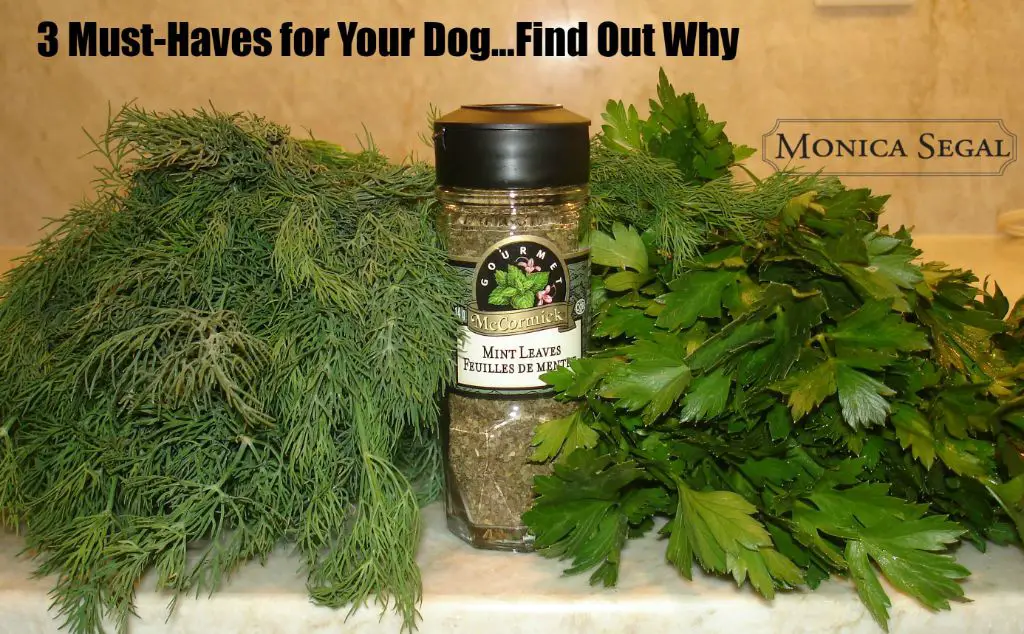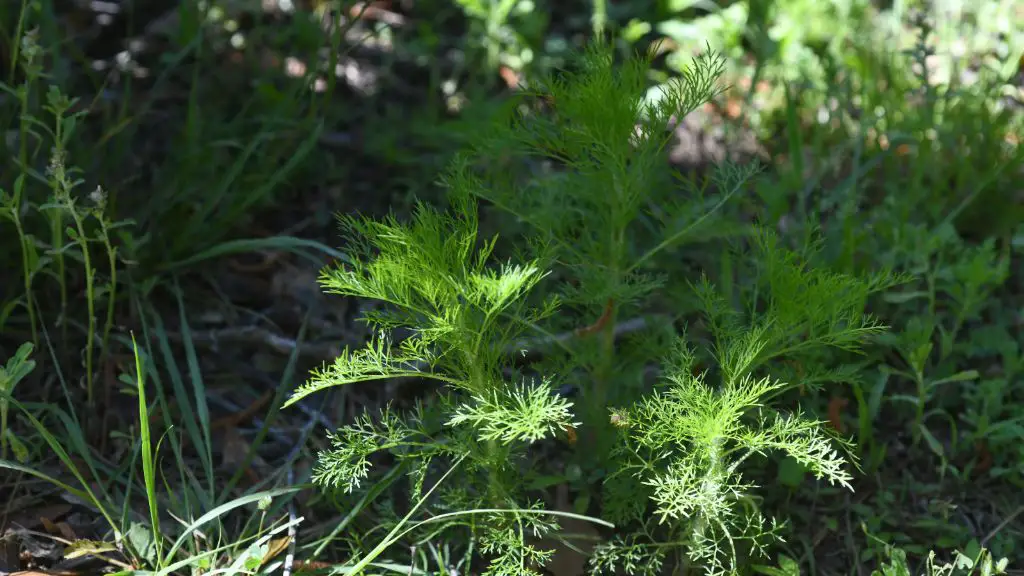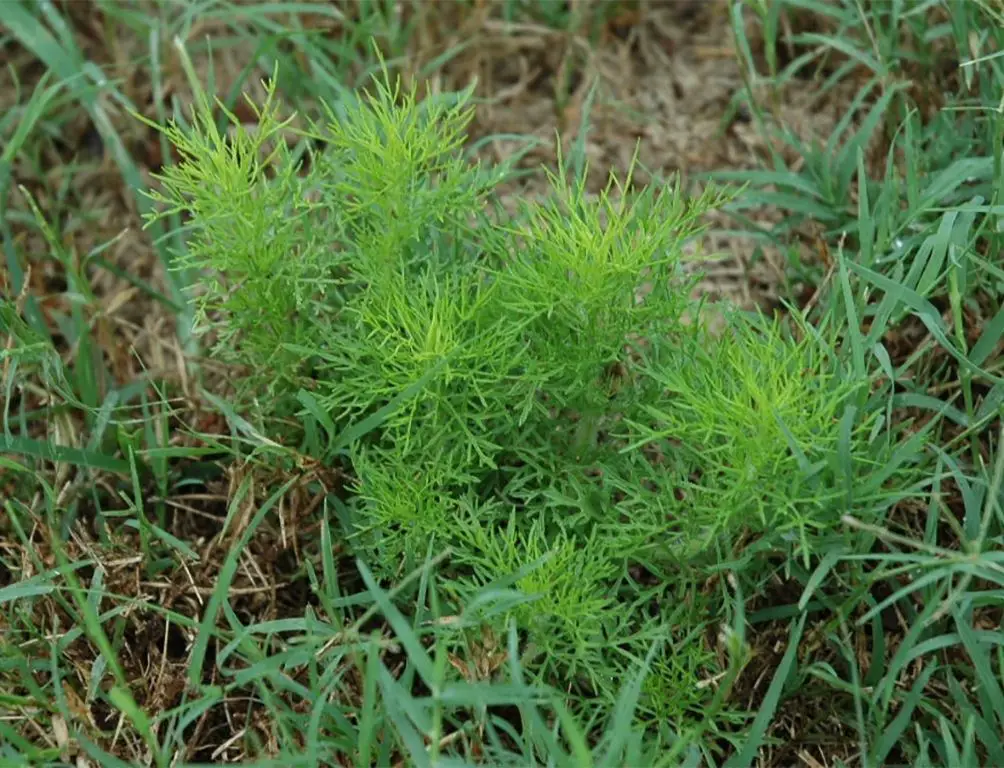Introduction
Dog fennel (Eupatorium capillifolium) and dill (Anethum graveolens) are two distinctly different plants that are sometimes confused with one another. Dog fennel is a perennial herbaceous plant in the Asteraceae family, native to the eastern and southcentral United States. Dill is an annual or biennial herb in the Apiaceae family, originating from regions spanning the Mediterranean to southern Russia. At first glance, their delicate, fern-like foliage may appear similar. However, upon closer inspection there are clear differences in their botanical characteristics, uses, and growth habits.
Botanical Descriptions
Dog fennel (Eupatorium capillifolium) and dill (Anethum graveolens) belong to different plant families and have distinct botanical characteristics.
Dog fennel is a perennial herbaceous plant in the Asteraceae family. Its scientific name is Eupatorium capillifolium. It is native to North America and naturalized in many areas. Dog fennel grows as a clumping upright plant up to 5 feet tall with thin, hairy stems and leaves that are narrowly divided into numerous threadlike segments.
Dill is an annual or biennial herb in the Apiaceae family. Its scientific name is Anethum graveolens. Dill is native to regions of Europe, Asia, and Africa. It grows as an upright plant up to 5 feet tall with hollow stems, delicate feathery leaves, and umbrella-shaped clusters of yellow flowers.
While dog fennel and dill have some similarities in appearance, their scientific classifications clearly distinguish them as entirely different plants.
Physical Appearances
Dog fennel and dill have some similarities in their physical appearance but there are also key differences that allow them to be distinguished.
Dog Fennel

Dog fennel has slender green leaves that are 2-3 pinnately compound, meaning each leaf is divided into smaller leaflets. The leaflets are long, thin and threadlike.
The flowers are small and yellow, blooming in clusters at the ends of branches. The tiny yellow flowers produce seeds that are small and ribbed.
Dill
Dill has green feathery leaves that are delicate and threadlike but wider than dog fennel. The leaves are pinnate, meaning they consist of leaflets arranged on either side of a central stalk.
Dill produces umbrella-shaped flower heads with small yellow flowers. The seeds are flattened, oval and light brown.
So while both plants have thin, fern-like leaves, dog fennel has longer and finer foliage compared to dill. The seeds are also quite different in shape and color.
Culinary Uses
Dog fennel and dill have some similarities in culinary uses, but also important differences. Both plants can add flavor to foods, but they are not interchangeable.
Dill is widely used as a herb and spice for cooking. The leaves, seeds, and flowers of the dill plant all have a distinctive flavor and aroma. Dill adds a fresh, aromatic note to many dishes including soups, salads, vegetables, meats, pickles, and sauces. It’s considered a pillar of Scandinavian, Indian, and Eastern European cooking.

Dog fennel, on the other hand, does not have a long history of culinary usage. The flavor and aroma of dog fennel are much weaker compared to dill. Dog fennel is not typically used as an herb or spice for cooking. Consuming large amounts of dog fennel can cause nausea and vomiting due to the presence of toxic compounds like ascaridole.
While dill is widely cultivated around the world for its culinary qualities, dog fennel grows wild and has limited food usage. Dill should not be substituted with dog fennel for cooking. The flavor and toxicity profile make dog fennel unsuitable as a culinary herb.
Chemical Composition
Dog fennel and dill contain many of the same active chemical compounds and essential oils that give them their distinct flavors and aromatic properties. Both plants contain carvone, limonene, and anethole, which are responsible for their anise- or licorice-like scents. However, the concentrations of these compounds differ between dog fennel and dill.
Dog fennel contains a higher concentration of the essential oil estragole compared to dill. Estragole gives dog fennel its characteristic sweet, anise-like fragrance, but can also make the plant potentially toxic. Dill, on the other hand, contains more carvone which provides its tangy and herbaceous notes.
Both plants also contain flavonoids like vicenin and kaempferol that act as antioxidants. But dog fennel has a higher flavonoid content overall compared to dill. The specific combinations of oils and flavonoids give dog fennel and dill their unique chemical makeups even though they share some compounds.
Growing Conditions
Both dog fennel and dill thrive in similar growing conditions. They prefer full sun and do best in locations that receive at least 6 hours of direct sunlight per day. Partial shade is tolerated, but may result in reduced growth.
These plants flourish in hot and humid summer climates. Dog fennel is especially heat-tolerant and can withstand summer highs above 90°F (32°C). Dill grows best with daytime temperatures around 70-80°F (21-27°C) and appreciates cooler nights. It can struggle in extremely hot, arid climates.
Soil wise, dog fennel and dill grow well in a variety of soil types. They prefer slightly acidic to neutral pH levels between 6.0-7.0. The soil should drain well to prevent oversaturation. Sandy loams or silt loams enriched with organic matter are ideal. Clay soils may require amendments to improve drainage.
Both plants are quite drought-resistant once established, but regular moisture during the growing season encourages lush growth. Inconsistent water or overly wet soils can lead to fungal diseases. Providing about 1 inch of water per week is sufficient, with reduced watering in rainy periods.
Toxicity
Dog fennel contains compounds that can be toxic to humans and pets if ingested in large quantities. The most concerning compounds are thujone and ascaridole.
Thujone is a neurotoxin that can cause muscle spasms, vomiting, and seizures if consumed in high doses. Dog fennel contains lower levels of thujone compared to plants like wormwood, but ingesting the leaves and stems could still cause toxicity issues.

Ascaridole is another toxic compound found in dog fennel that can cause diarrhea, nausea, and liver damage. Dogs are especially sensitive to ascaridole. Both fresh and dried dog fennel plants contain these toxic compounds.
For humans, brief skin contact with dog fennel is not dangerous, but ingesting more than a small taste could cause side effects like headache, dizziness, and vomiting. Children are at higher risk of toxicity.
For dogs and cats, even small ingestions of dog fennel can be problematic. The ascaridole compound is concentrated in the stems, leaves, flowers, pollen, and seeds. Keep pets away from areas where dog fennel grows to prevent accidental poisoning.
Overall, while not as toxic as some other medicinal plants, dog fennel contains compounds that can cause toxicity issues if ingested in excess. It’s best to avoid ingesting any part of the fresh or dried plant. Keep dogs and children away from this plant when it grows wild or in the garden.
Herbal Medicine
Both dog fennel and dill have some medicinal uses, though dog fennel’s applications are more limited. Dill is perhaps better known for its medicinal properties and has been used for centuries to treat various ailments.
Dog fennel was used by some Native American tribes to treat fever and respiratory issues. The crushed leaves were made into a poultice and applied topically to treat skin irritations and inflammation. However, dog fennel is not commonly used today for herbal remedies.
Dill, on the other hand, has a long history of medicinal use going back to ancient Egypt and ancient Greece. The seeds, leaves, and oil from dill have carminative, antispasmodic, and digestive properties. Dill has been used to treat stomach aches, flatulence, poor appetite, insomnia and diarrhea. Some herbalists also use dill seed tea to increase breast milk production in nursing mothers.
Overall, while both plants have seen some traditional medicinal use, dill has more established applications as a herbal remedy for various health issues. Dog fennel’s modern medicinal uses are more limited.
Control and Management
Dog fennel is considered an invasive weed in many areas, especially pastures, roadsides, disturbed sites and open, sunny locations. It spreads quickly through both root sprouts and profuse seed production. Each plant can produce over 100,000 tiny seeds that readily disperse on the wind. It’s important to control dog fennel before it gets out of hand.

Manual removal can be effective for small infestations. Make sure to pull up the entire taproot to prevent regrowth. Cutting or mowing will temporarily knock back growth but is not an effective long-term control since plants will quickly regrow. For larger infestations, systemic herbicides containing glyphosate or triclopyr are recommended. Apply them directly to individual plants or do a broadcast spray over heavily infested areas. Timing applications in the fall allows the herbicide to translocate down to the roots more effectively. Follow-up treatments will likely be needed to control regrowth. It’s also important to reseed or replant desirable vegetation to prevent dog fennel from recolonizing. Integrated management combining herbicide use, mowing/cutting, tillage and revegetation is often the best approach for sustainable, long-term control.
Conclusion
While the leaves of dog fennel and dill appear similar at first glance, they are actually quite distinct plants. Dog fennel is considered a weed, while dill is an aromatic culinary herb. Digging deeper, dog fennel belongs to the aster family Asteraceae, while dill belongs to the parsley family Apiaceae. Their flowers, seeds, and scents are completely different due to these divergent lineages. Dill has a long history of culinary usage across many cultures, while dog fennel is not typically used in cooking.
Some similarities do exist, however. Both plants contain similar volatile oils that give them each unique scents. They also both thrive in similar growing conditions. Additionally, both dog fennel and dill can potentially cause skin irritation or allergic reactions in some people. However, dill has many more documented health benefits and culinary uses compared to dog fennel.
Overall, while they may look alike from a distance, dog fennel and dill are distinctly different herbs with varying uses and characteristics upon closer inspection.